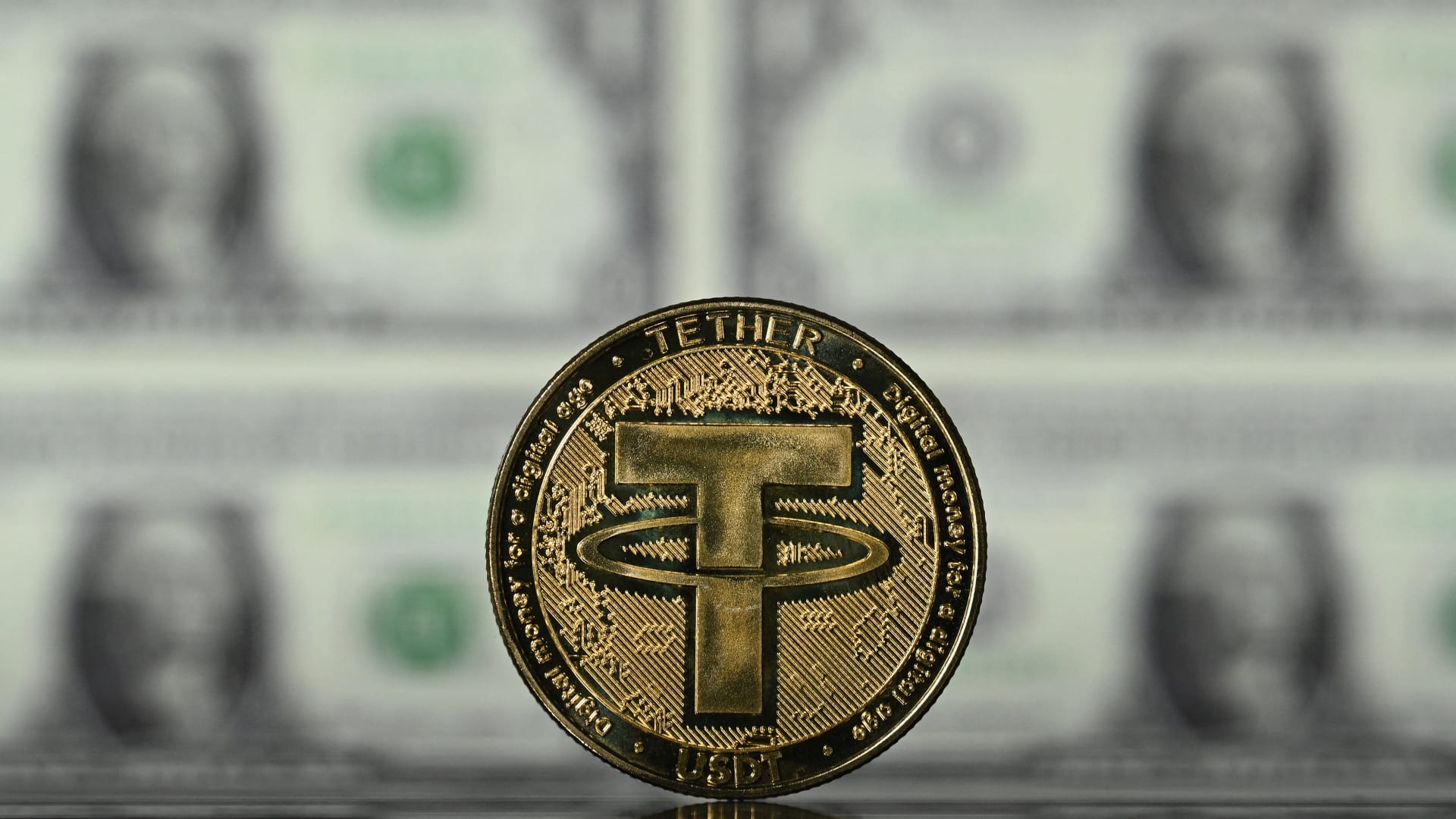Tether, the world’s largest stablecoin, has slashed back its commercial paper holdings to zero, replacing them with U.S. Treasury bills instead, according to a blog post. The popular U.S.-dollar-pegged cryptocurrency said the move is part of tether’s “ongoing efforts to increase transparency” and back its tokens with “the most secure reserves in the market” — in the ultimate hope of ensuring investor protection.
There are now about 68.4 billion tether tokens in circulation, according to data from CoinMarketCap, up from 2 billion three years ago. The cryptocurrency has a market capitalization of $68.4 billion.
“Tether has led the industry in transparency releasing attestations every three months, constantly reviewing the make up of its reserves,” continued the statement.
Commercial paper is a form of short-term, unsecured debt issued by companies, and it is considered to be less reliable than Treasury bills. In October, Tether’s Chief Technology Officer, Paolo Ardoino, tweeted that 58.1% of its assets were in T-bills, up from 43.5% in June. It is unclear where that percentage currently stands, but Ardoino did write in a post on Thursday that Tether was able to pay $7 billion, or 10% of its reserves, in 48 hours.
“Ask your bank or other stablecoins if they can do that, in same time frame of course,” he wrote.
Thursday’s statement went on to note that zeroing out the balance of its commercial paper holdings was also meant to be a step toward “greater transparency and trust, not only for tether but for the entire stablecoin industry.”
The stablecoin corner of the crypto market has certainly had trust issues in the last year.
Last year, tether had to pay a multimillion dollar fine following a legal battle with the New York attorney general’s office over concerns related to the viability of its reserves, and in May, the collapse of terraUSD (UST), which was once one of the most popular stablecoin projects, cost investors tens of billions of dollars.
The fall of UST resulted in a falling domino effect across the wider crypto ecosystem. Part of the fallout involved tether temporarily losing its dollar peg and dipping as low as 95 cents.
But well before UST’s dramatic implosion, Tether — the company behind the stablecoin of the same name — was facing serious regulatory backlash over its reserves.
Most stablecoins are backed by fiat reserves, the idea being that they have enough collateral in case users decide to withdraw their funds. (UST was among a new breed of “algorithmic” stablecoins that attempt to base their dollar peg on code.)
Previously, Tether claimed all its tokens were backed one-to-one by dollars stored in a bank. However, after a settlement with the New York attorney general, the company revealed it relied on a range of other assets, including commercial paper, to support its token.
In April, Ardoino told CNBC that the company was well equipped to deal with mass redemptions, but New York Attorney General Letitia James’ office previously alleged that Tether sometimes held no reserves to back its cryptocurrency’s dollar peg. It said that, from mid-2017, the company had no access to banking and misled clients about liquidity issues.
“Tether’s claims that its virtual currency was fully backed by U.S. dollars at all times was a lie,” she added. Tether said in a statement on its website that contrary to speculation, “after two and half years there was no finding that Tether ever issued tethers without backing, or to manipulate crypto prices.”
Critics have also raised fears that tether tokens were used to manipulate bitcoin prices, a claim Tether has repeatedly denied.
While not yet large enough to cause disruption in U.S. money markets, tether could eventually reach a size where its owning of U.S. Treasuries becomes “really scary,” Carol Alexander, a professor of finance at Sussex University, said.
“Suppose you go down the line and, instead of $80 billion, we’ve got $200 billion, and most of that is in liquid U.S. government securities,” she said. “Then a crash in tether would have a substantial impact on U.S. money markets and would just tip the whole world into recession.”

























































![‘Survivor 47’ Finale Recap Part 2, [Spoiler] Wins ‘Survivor 47’ Finale Recap Part 2, [Spoiler] Wins](https://tvline.com/wp-content/uploads/2024/12/survivor-finale-part-2-cbs.jpg?w=650)